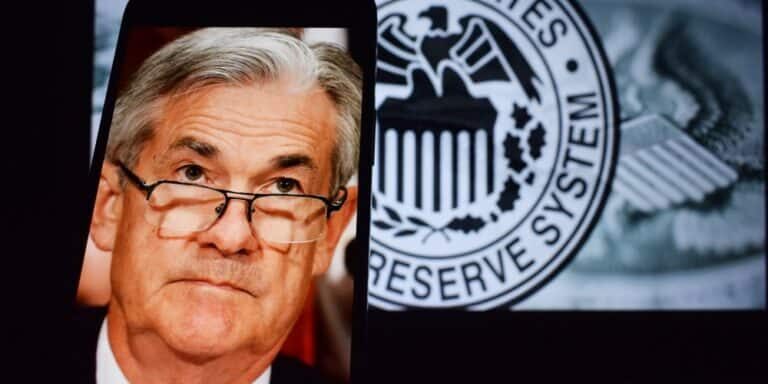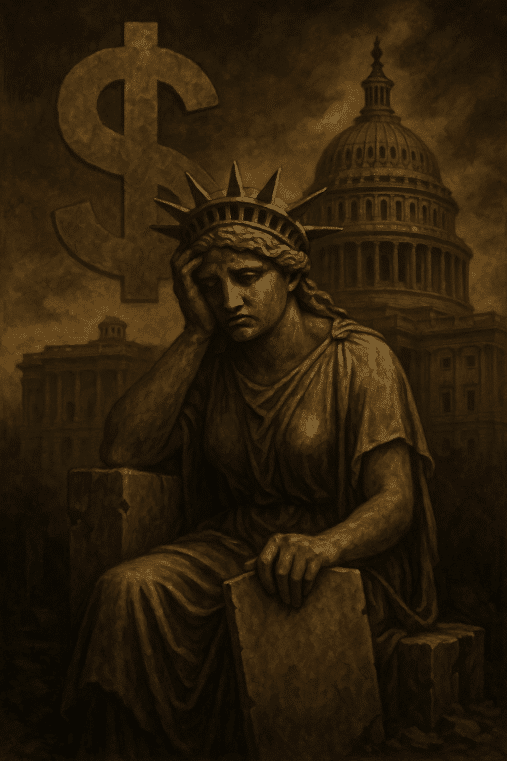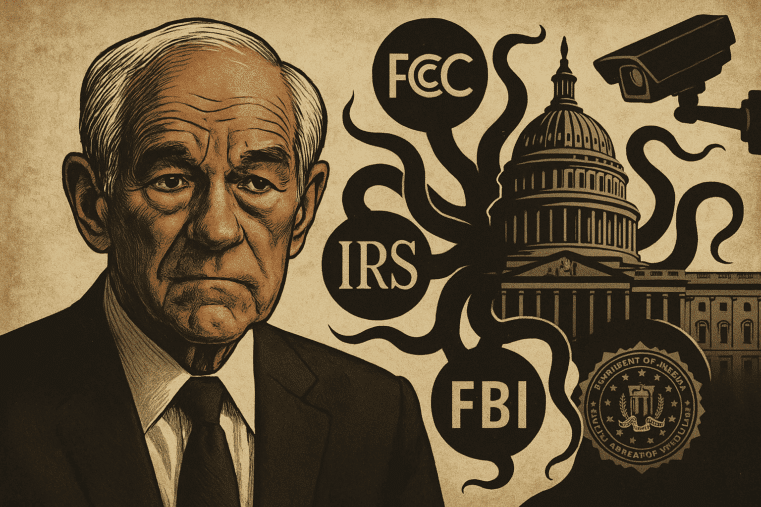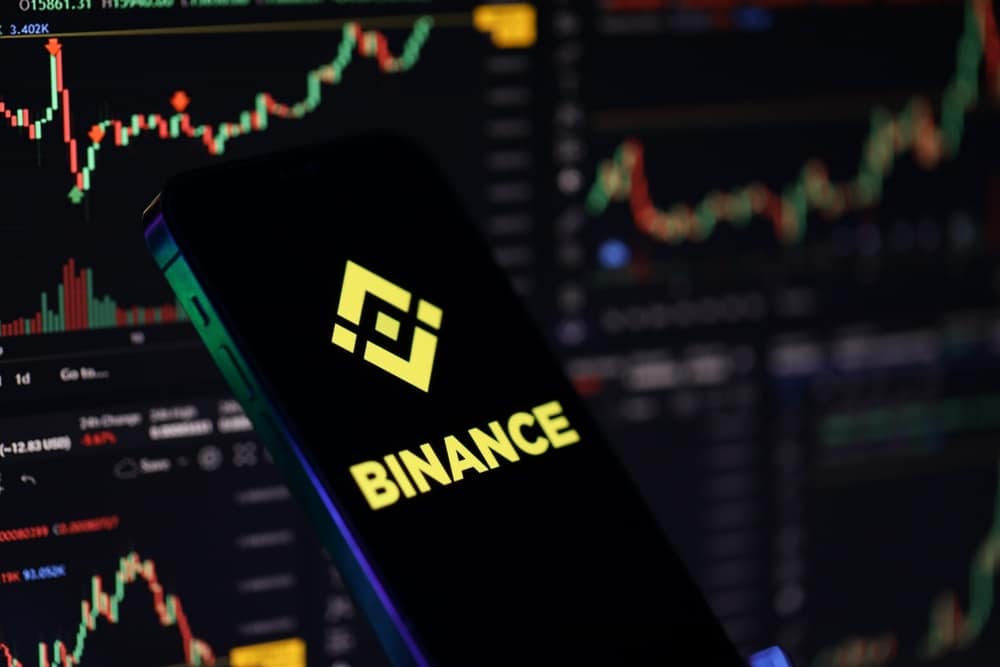
Powell's “Independence” Is Just Another Word for Unaccountability
“Independent” from Whom?
Jay Powell’s love affair with the word “independence” isn’t about economic stewardship. It’s about power without accountability. Every time Powell or any other Fed chair invokes the Fed’s independence, it should send a chill down your spine. Why? Because in reality, what he’s saying is:
“No one—not Congress, not the public, not even market forces—can restrain us. We’ll interpret the data as we like, change course when convenient, and pretend to be humble stewards while running one of the most destructive monetary experiments in history.”
This isn’t some paranoid abstraction. Look at what this “independence” has wrought over the last two decades:
- The 2008 financial collapse fueled by artificially low rates and moral hazard
- A $9 trillion Fed balance sheet pumped full of toxic assets and Treasurys
- Asset bubbles in stocks, housing, and corporate debt
- The fastest and most reckless expansion of the money supply in U.S. history
- The total decoupling of Wall Street from Main Street
Independence? Try immunity.
A Stagflationary Nightmare with No Brakes
Wolfenbarger rightly highlights Powell’s fumbling attempt to balance inflation and unemployment. But let’s put that in plain English: we are already in a stagflationary environment, and Powell knows it.
- GDP is crawling at 1.2%, barely ahead of population growth
- Inflation is still hovering at nearly 3% (and we know the official numbers understate the truth)
- Job growth is evaporating, yet wages can’t keep up with costs
- Retail sales are flatlining
- Consumer credit is ballooning while delinquencies spike
- Manufacturing output has declined four straight months
- Corporate bankruptcies are accelerating—and fast
If Powell had any real economic literacy—not the models and spreadsheets, but real, Austrian-style insight—he’d recognize that we’re deep into the third phase of the boom-bust cycle: malinvestment correction and monetary distortion unraveling.
And yet, he’s still treating the system like it’s a machine that just needs “tweaking.”
The Great Blame Game: Everything But the Fed
One of the most infuriating parts of Powell’s speech—aside from its emptiness—was his flurry of blame-shifting. Supply chains. Tariffs. Immigration slowdowns. Consumer behavior. Corporate pricing. Global instability.
Everyone is to blame except the Federal Reserve.
This is textbook central planning: when policies fail, you blame externalities. Powell talks like he wasn’t the man who greenlit a 40% expansion of the money supply between 2020 and 2023. He acts like QE, ZIRP, and financial repression were just part of the weather—not the Fed’s own design.
And the kicker? He says inflation is now a “global phenomenon.” That’s the final layer of misdirection. Yes, inflation is global—because every major central bank followed the same insane monetary policy at the same time. Groupthink does not absolve responsibility.
The Real Job of the Fed: Prop Up the Leviathan
Let’s be honest. The Fed doesn’t exist to serve you. It doesn’t serve the worker, the saver, or the retired couple trying to stretch their Social Security check.
The Fed’s job is to:
- Make government debt affordable by keeping rates artificially low;
- Keep asset prices inflated to prevent the implosion of pensions and Wall Street portfolios;
- Backstop the banking system, which remains fragile, over-leveraged, and addicted to cheap money;
- Manage public perception so faith in fiat doesn't collapse outright.
This is why Powell will pivot in September. This is why rate cuts are coming even as inflation is still well above the 2% target. Not because it makes economic sense—but because there’s no political will to let the system deleverage.
Powell has to choose between two monsters:
- Let rates stay high and trigger a recession that takes down stocks, banks, and federal revenues;
- Cut rates and reignite inflation, eroding savings and increasing the cost of living.
He’ll choose inflation. Every time.
Lessons from History They Never Learn
This exact dynamic played out in the 1970s—and we’ve learned nothing. Powell says inflation “might” become embedded via expectations. It already has. Look around:
- Multi-year union wage contracts with cost-of-living adjustments
- Shrinking labor force participation and rising wage pressure
- Exploding shelter and energy costs
- Currency flight into gold, Bitcoin, and foreign hard assets
- A growing de-dollarization movement among BRICS+ nations
This is the pattern we saw under Arthur Burns in the early ’70s—a Fed chair too politically entangled to act decisively. By the time Volcker came in and actually raised rates to break inflation, it took 21% interest rates and a brutal recession to reset expectations.
Does anyone think Powell has the backbone to follow that path? Of course not. He’ll print and pivot, and print again, because the system demands it. His “independence” is a lie. He’s a prisoner of the very monster he helped create.
What Wall Street Celebrates, Main Street Pays For
So the stock market rallied on Powell’s vague pivot hints. Bitcoin climbed. Gold ticked up. Great. But what about the real economy?
- Food prices up 14% over two years
- Rent inflation hitting 7% year-over-year
- Health insurance premiums surging
- Middle-class households burning through savings just to stay afloat
This is the hidden tax of fiat debasement. And it’s going to get worse.
While Powell plays footsie with Trump, Wall Street, and the bond market, working Americans are being financially strangled. And when the next crisis hits—be it a banking failure, a geopolitical shock, or another credit market freeze—they’ll be told once again that only the Fed can save them.
It’s a lie. And it's the same lie that's been sold since 1913.
Time to Opt Out—While You Still Can
I’m going to say what Powell won’t: this system is irredeemable. The Fed won’t reform itself. Congress won’t hold it accountable. The markets are too addicted to the next injection. The only rational response is exit.
If you’re still holding dollars in a too-big-to-fail bank, if your wealth is locked in fiat assets, if you believe the Fed has your back—you’re playing Russian roulette with your future.
Here’s what you can do:
✅ Start converting your savings into hard assets—gold, silver, productive land, Bitcoin
✅ Get your funds out of vulnerable banks—especially those with weak liquidity profiles
✅ Stop relying on government guarantees—they’ll be worth nothing when confidence collapses
✅ Follow independent financial research—not the mainstream financial media lapdogs
✅ Read the real playbook—from people who saw this coming a mile away
Start with Bill Brocius’ 7 Steps to Protect Your Account from Bank Failure. It’s free, and it might just save your financial life.
👉 Download it here
Want deeper insight? Subscribe to Bill’s Inner Circle Newsletter for just $19.95/month. It’s raw, unfiltered, and ahead of the curve—exactly what the Fed doesn't want you reading.
And if you still think the banking system is salvageable, you owe it to yourself to read End of Banking As You Know It. Because the next phase of this crisis will make 2008 look like a warm-up.
The central planners are cornered. The printing presses are warming up.
You still have a window to prepare. Use it.
— Eric Blair, for Dedollarize News











